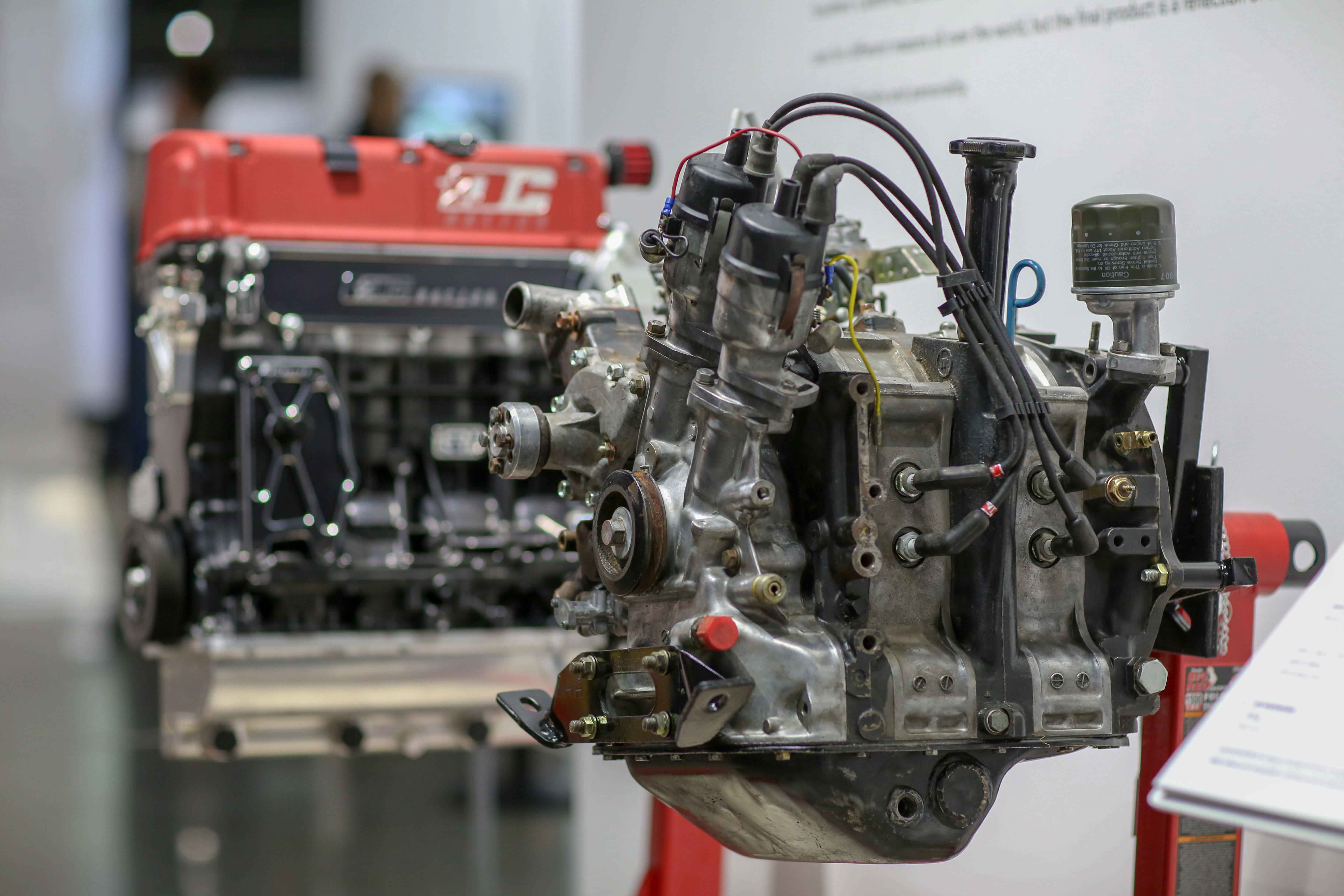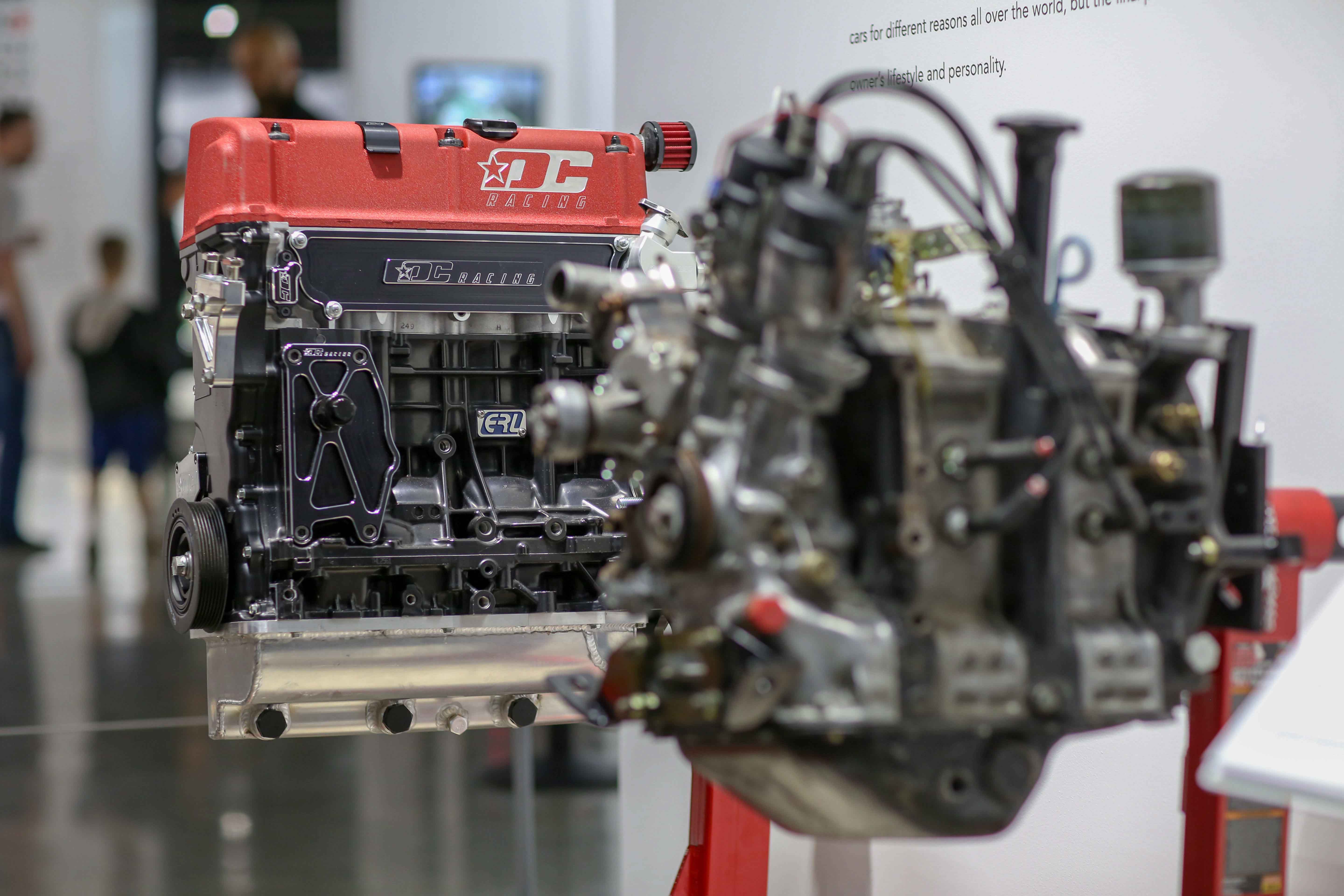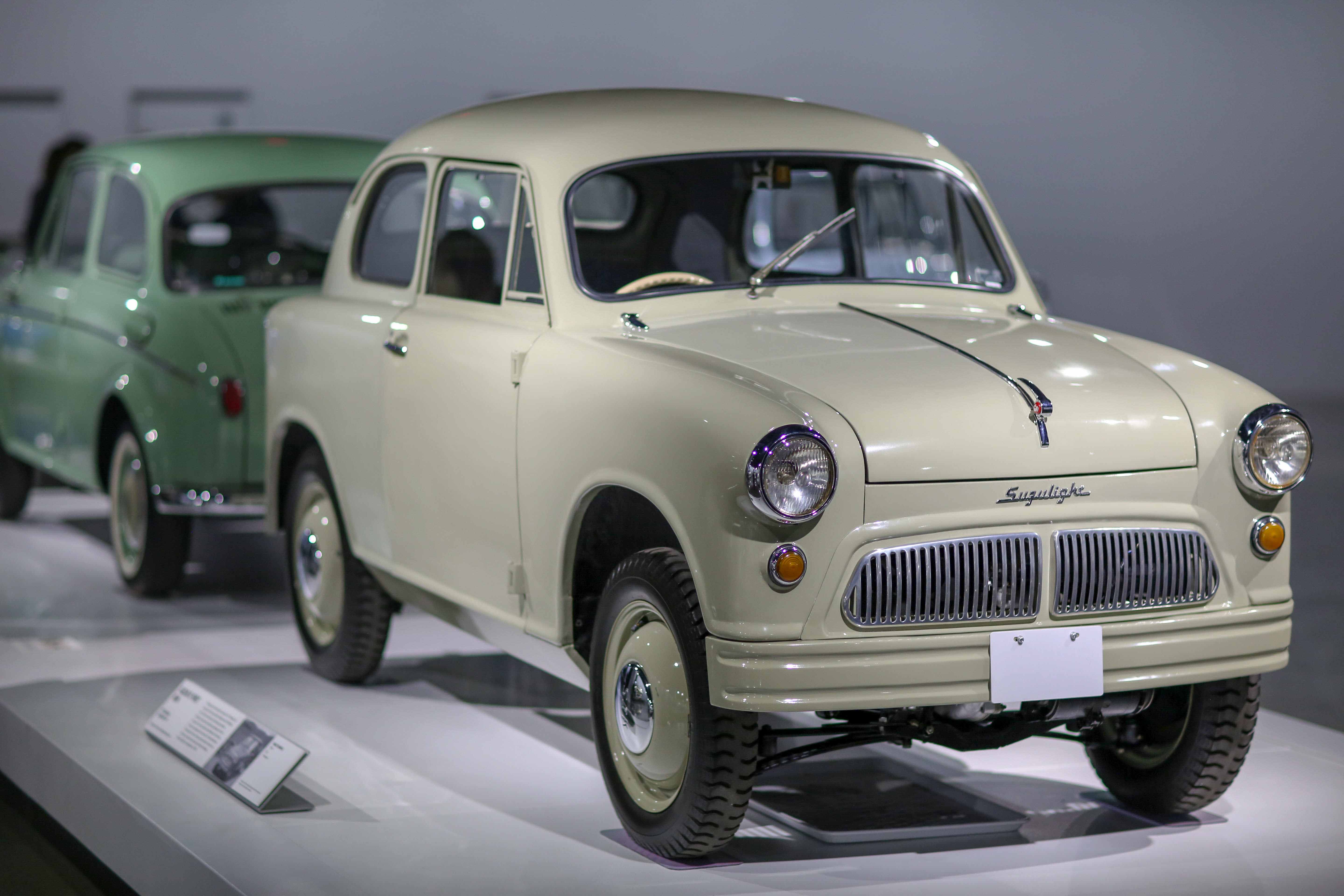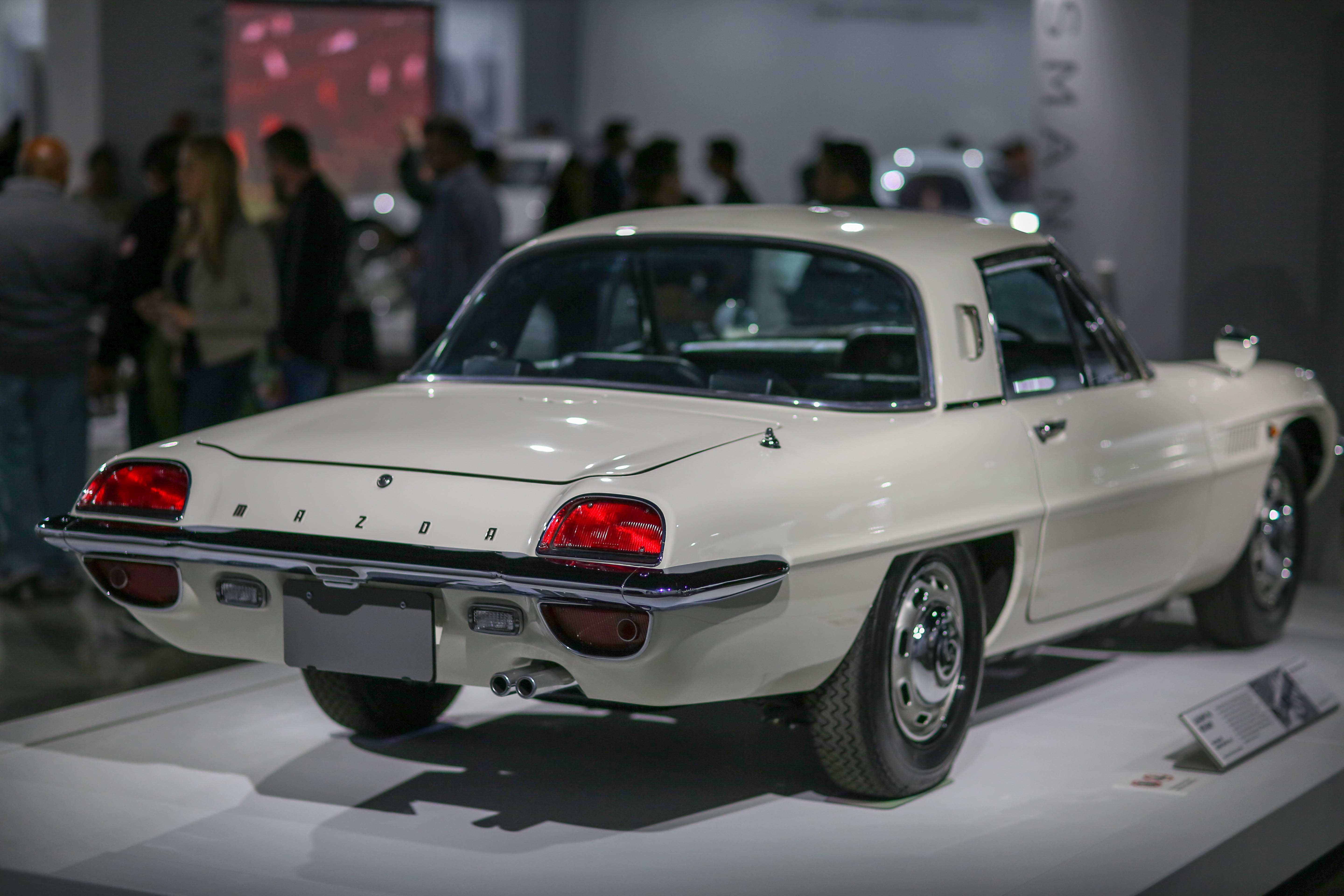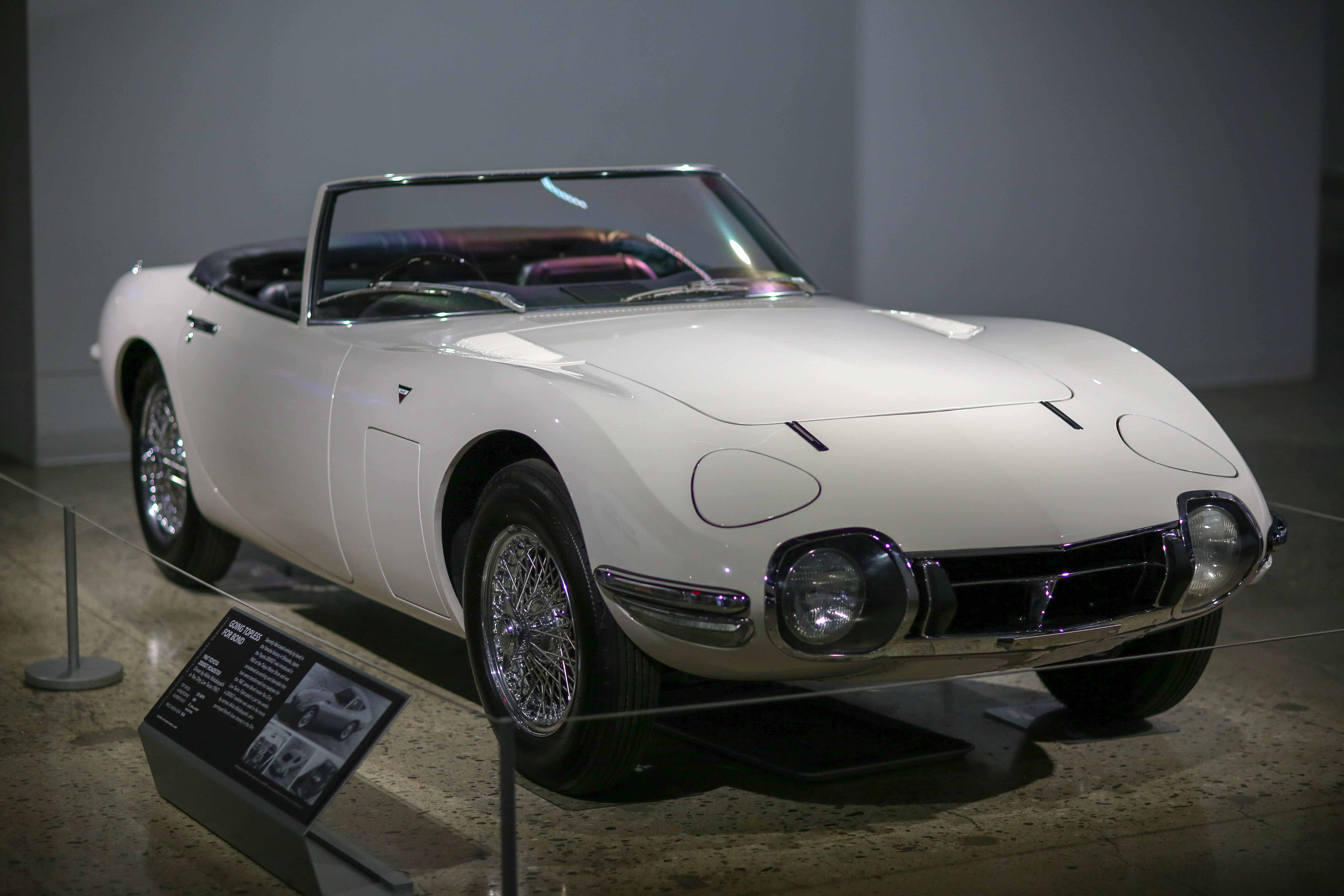The early and odd life of the Japanese auto industry on display at the Petersen museum
The first Tokyo Motor Show opened in a public park in April of 1954 with eight manufacturers that together built a combined 70,073 vehicles that year, roughly the number of vehicles that the Ford Motor Company alone was building every 17 days back in the USA. From such humble beginnings sprang an industrial Goliath, and today several Japanese automakers rank among the largest producers in the world. To examine and celebrate early Japanese auto manufacturing and the surprisingly creative spark that lay behind an industry commonly known for turning out inexpensive and efficient appliances, the Petersen Automotive Museum in Los Angeles opens a year-long exhibit entitled “The Roots of Monozukuri.”
A mouthful of a word that is pronounced “moh-noh-ZOO-koo-ree” according to a helpful sign in the display hall, it means, in Japanese, “the art, science, and craft of making things.” Thus, the exhibit is more than just rows of tiny econo-boxes from the early days of Japanese automaking, though there are a few of those. The curators have assembled a group of 19 vehicles that span the breadth of the pre-1970 Japanese carmaking experience, from its tracing-paper beginnings with the 1936 Toyoda AA (a replica as no examples of the real thing survive) and 1938 Nissan Model 70, both doppelgangers for the contemporary cars built by Chrysler and Chevy, to the somewhat cartoonish first efforts of Suzuki, Fuji (a.k.a. Subaru), Mitsubishi, and Mazda to forge their own designs in a nation still trying to recover from incessant B-29 bombing.



“A lot of people think the Japanese industry sprang up full bloom in the 1960s and nothing proceeded it,” said Petersen museum curator Leslie Kendall. “In fact, the Japanese had a rich history of automaking before that.” Now that Japanese cars are ubiquitous, he said, it seems a good time to take a look back at where it all came from.
And, Kendall says, “we thought it was especially appropriate for us being the Petersen Museum in Los Angeles because the first Japanese automobiles officially exported to America came through the Port of Los Angeles and were marketed here, an area whose people are known for embracing the new and unusual.”
As expected, almost everything in the exhibit is on a Lilliputian scale, as exemplified by the 1954 Suminoe Flying Feather, not much more than a four-wheeled moped with a fabric roof and a 350-cc two-cylinder engine, but one co-designed by Yutaka Katayama, the famous “Mr. K” who as a Nissan executive would later be a driving force behind the 240Z and bringing Japanese cars to America en masse.

As the years progress, so does the size and sophistication of the vehicles, with the 1960s representing a flowering of design, performance, and luxury aspiration represented by the gorgeous 1966 Nissan Silvia CSP311, a handmade coupe based on the Datsun 1600 Fairlady roadster and designed by an international team headed by Albrecht Goertz, creator of the BMW 507. Also to be found in the Petersen exhibit are icons like the 1967 Toyota 2000GT, Japan’s answer to the Jaguar E-type, and a 1969 Mazda Cosmo Sport 110S, Japan’s answer to, uh, well, maybe a request by Ultraman to create a suitable car for the Science Patrol. A 1967 Toyota Sports 800 and a 1968 Honda S600 Coupe, two beautiful gems of old-school Japanese micro-engineering, will make you long for the era of small sports cars. The era closes with the rakish Nissan R382, a Can-Am-style sports prototype racer built for the Japanese Grand Prix and running a 5.9-liter V-12.
A parallel exhibit called “Fine Tuning” in the museum’s hot rod section celebrates Japan’s later and rather playful streak in its racing and custom cars. This is the nation that either created or perfected the slammed and stanced look, and you’ll learn Japanese terms like shakotan (slammed and stanced), kaido (racers with wild aero elements and external oil coolers) and bosozoku (uh, bizarre, basically). The cars here are a mix of American imports, JDM (Japanese domestic market) jobs, front-drive drag racers, slick circuit machines, and mega-turbo drifters.
Sprinkled throughout the museum’s third level are a few odds and ends such as one of the two 1967 Toyota 2000GT roadsters hastily constructed for the James Bond film, You Only Live Twice, plus a rare 1968 Isuzu 117 coupe, a car designed by the so-called Master, Italian virtuoso Giorgetto Giugiaro. Nearby are a 1968 Datsun 1600 Fairlady roadster, and a 1972 Suzuki L20 Jimny, a small jeeplet powered by a 360-cc two-stroke twin and a precursor to the later Suzuki Samurai.
The Petersen’s obsession with all things Japanese runs until April, 2019.












